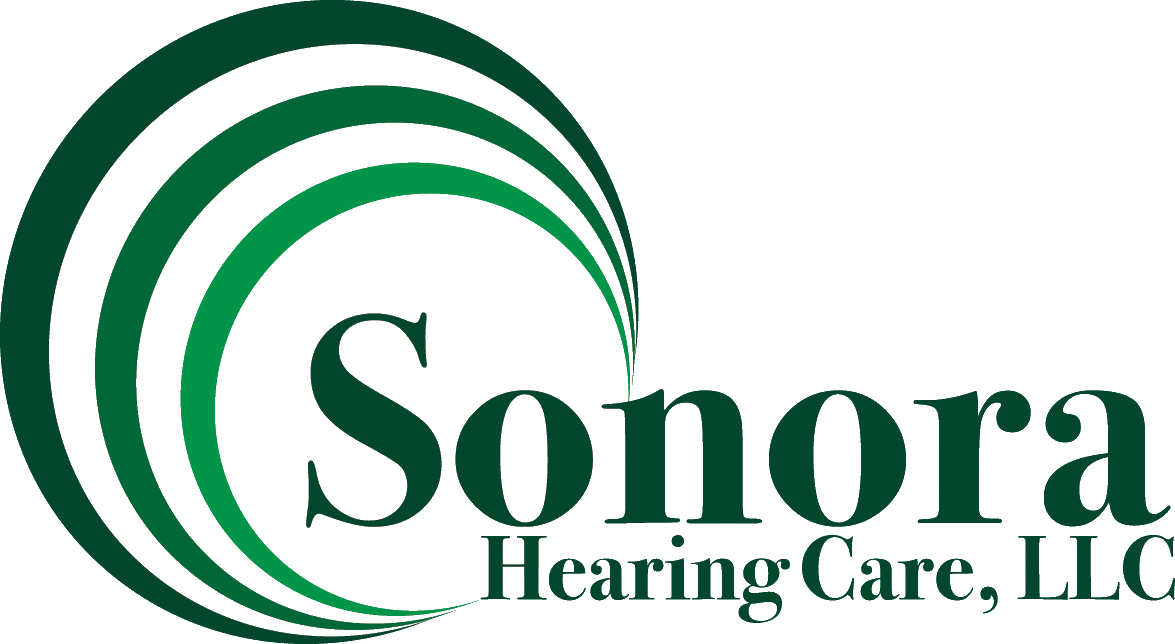These days, it’s rare to find a medical device not covered by insurance, but the reality is such a beast does exist: hearing aids.
Though it may come as a shock, hearing aids—unlike other “aid” devices, such as glasses—are not covered by the majority of private insurance companies. This is unfortunate and devastating for many, as hearing aids currently carry a price tag that ranges from $1000 to $4000 per device.
In fact, according to the American Speech-Language-Hearing Association (ASHA), only 20 U.S. states actually require that hearing aids be covered for children and four—Arkansas, Connecticut, Rhode Island and New Hampshire—are required to cover children and adults. Some states only cover the exam and nothing else.
Why are hearing aids not covered? Well, that depends on who you’re talking to. If it’s the insurance company, they consider hearing devices “elective”. However, if you’re speaking to someone living with hearing loss, you would understand how hearing aids serve as a lifeline to the outside world. The inability to hear can leave patients feeling isolated from friends and family and has a significant negative impact on mental and physical health. Without the ability to hear, even personal physical safety can be at risk.
That said, you would think insurance companies would be jumping at the opportunity to provide people with hearing aids. Sadly, that is not the case, and the speculation of why is fiscal in nature (in our opinion).
But before we jump into the murky waters of speculation, you need to first understand how insurance bureaucracy works.
Insurance 101
To start, insurance companies take the cost of an unusual—but insurable—risk and disperse it among a big group of people. An insurable risk is something that is likely to not happen, which means the insurance company won’t have to pay out for it. In doing so, every person pays a reasonable amount and, once the company has added other fees and cost to the premium, they make a profit. Since hearing loss is not considered an unlikely risk, it is therefore not covered in an effort to keep costs manageable and profits high.
As it stands now, one out of three people in the U.S. has hearing loss by age 65. With those kinds of statistics, it’s likely that far too many people will eventually make a claim. If you couple that with an excess amount of claims, the price of hearing aids and the fact that they need to be replaced approximately every five years, it’s obvious that insurance companies will make less of a profit.
Insurance Has a Bottom Line
In short, insurance companies were created to make money, not necessarily to act in the best interest of patient’s overall health. And, when they do become more involved, it can make things more complicated.
For example, United Healthcare has started providing lower-cost hearing devices in audiology clinics found in a few of their urgent care locations. Though this may seem like a selfless, expensive act for a major corporation, these kinds of actions do come with a catch: they will be able to dictate, to some degree, how services are decided, including pricing and costs on hearing devices.
Then, you may ask: why not just spread the cost among the older population with this problem and the younger generation, as well? That’ll help make it affordable.
Unfortunately, this idea also hurts their bottom line. As an insurance company, their target demographic is young people—they are the least risky and are worth more because of what’s left of their lifespan. However, because so many of them come fresh out of college saddled with debt, keeping premiums as low as possible to attract their attention is ideal in a competitive market. Adding the cost of hearing devices to those premiums, to put a point on it, is simply not cost-effective.
And no, simply offering it to the younger generation is not the solution (though it would be the exact definition of insurable risk). It would make things a little too complicated when older patients demand to know why only the younger ones have the coverage.
Medicare and Medicaid
Sadly, the government isn’t much help either. The coverage Medicaid provides for hearing aids varies depending on the state (with a few excluding it completely). As for Medicare, some of its Advantage plans do include hearing aid coverage, but the traditional Medicare provided by the federal government for adults over 65 doesn’t cover any aspect of hearing aids at all.
Awareness Is Important
The simple fact of the matter is that hearing loss doesn’t have a loud enough voice, so it isn’t lobbied or petitioned for the way some other health conditions are, such as cancer or depression. Therefore, the key to getting hearing aids covered by more insurance entities may be simply putting a spotlight on the issue in order to turn some heads.
Until the tides change, keep in mind that those in hearing healthcare are committed to helping people hear better, no matter what a budget may dictate. Some may offer financial relief through payment plans or other means. Remember: It never hurts to ask for help.
Come to the Hearing Specialists
At Sonora Hearing Care, our experts are the leaders in the treatment, diagnosis and continued care of hearing difficulties. From evaluation to implant testing and mapping, we are committed to providing the best care possible in a warm, inviting environment.
To schedule an appointment with one of our specialists, contact us today.

